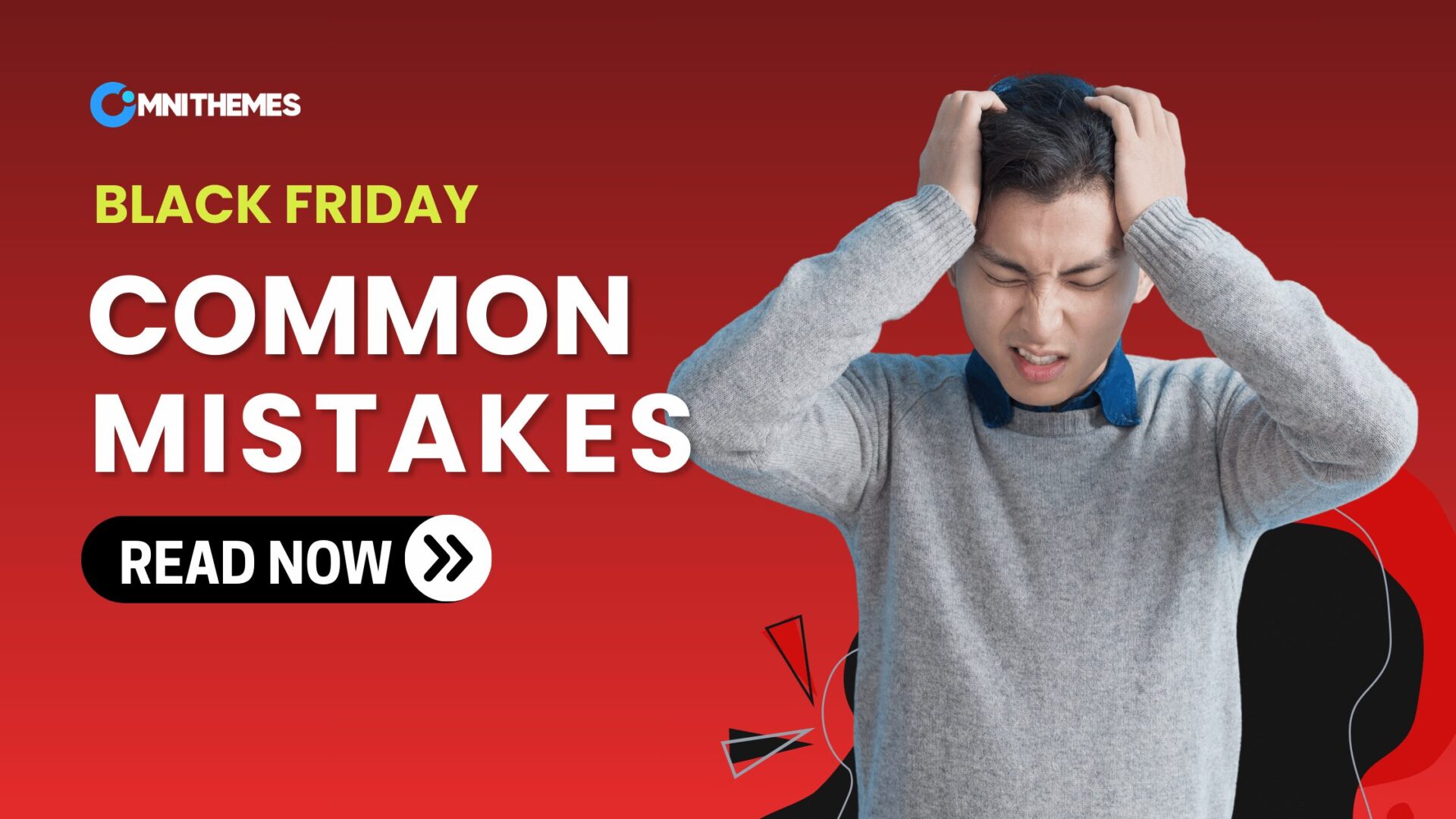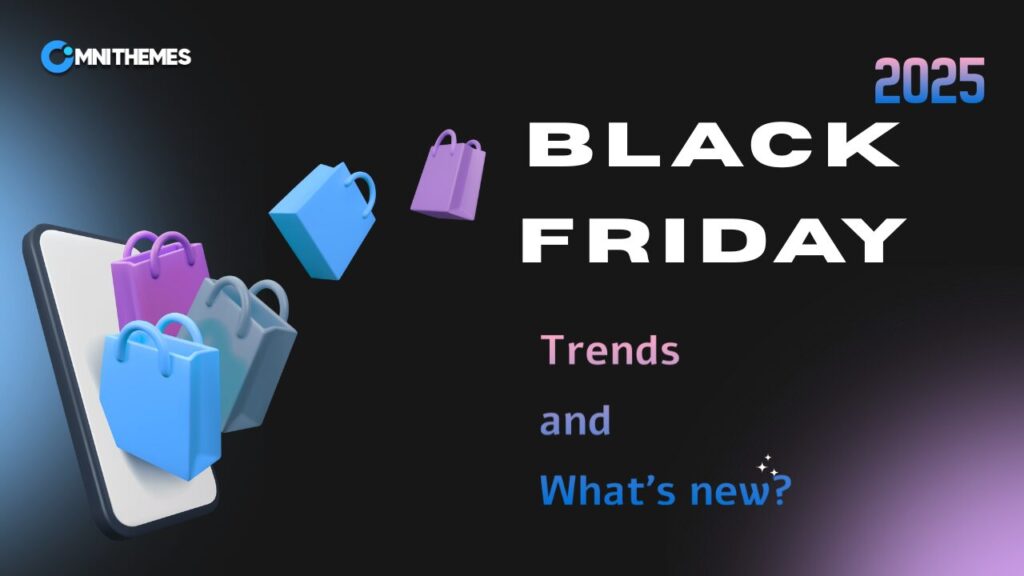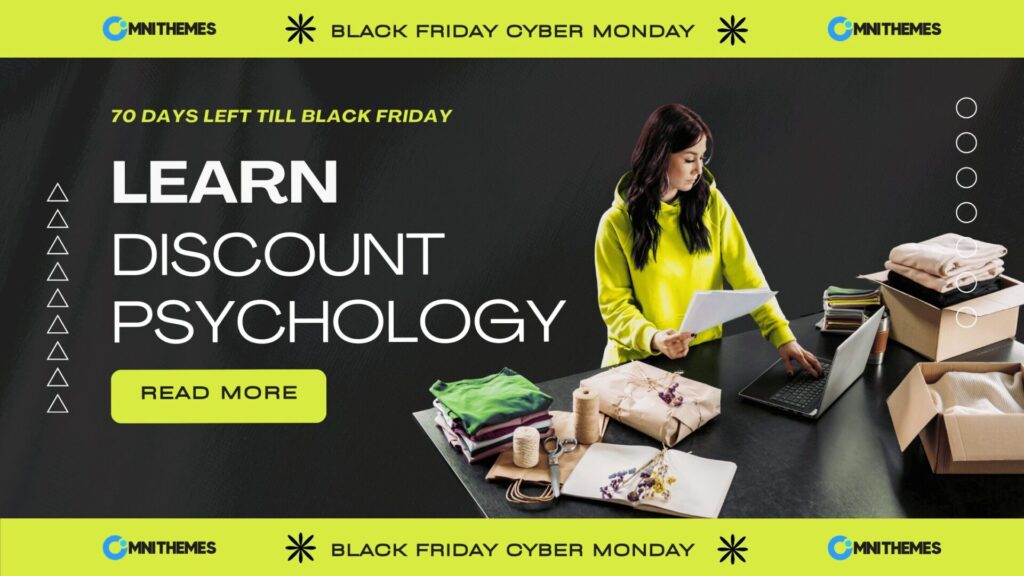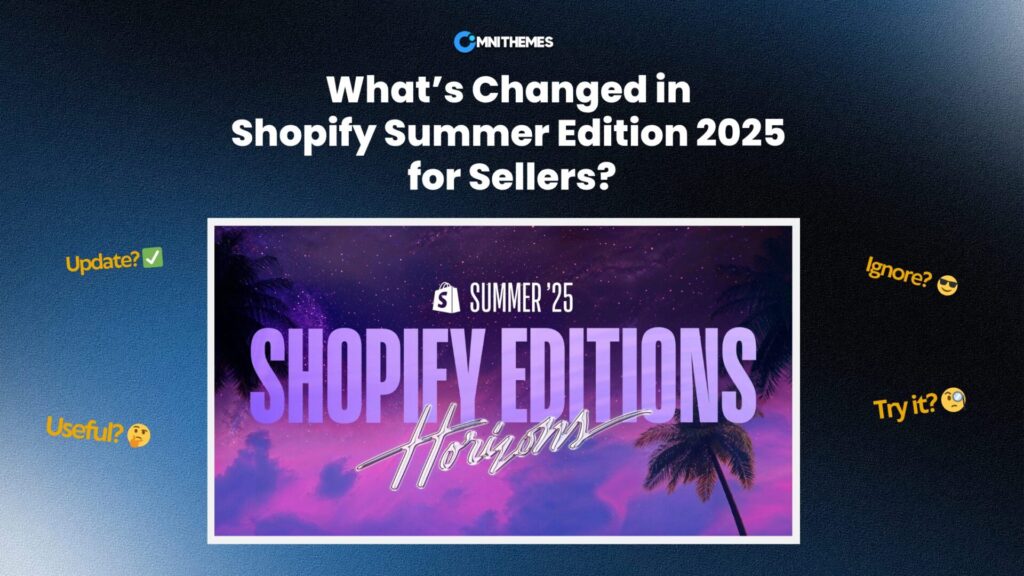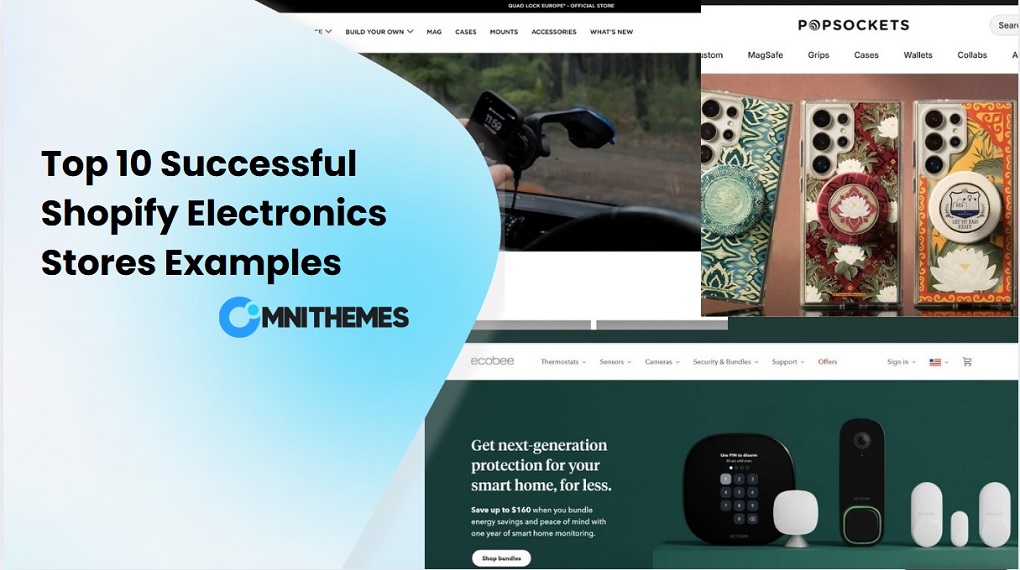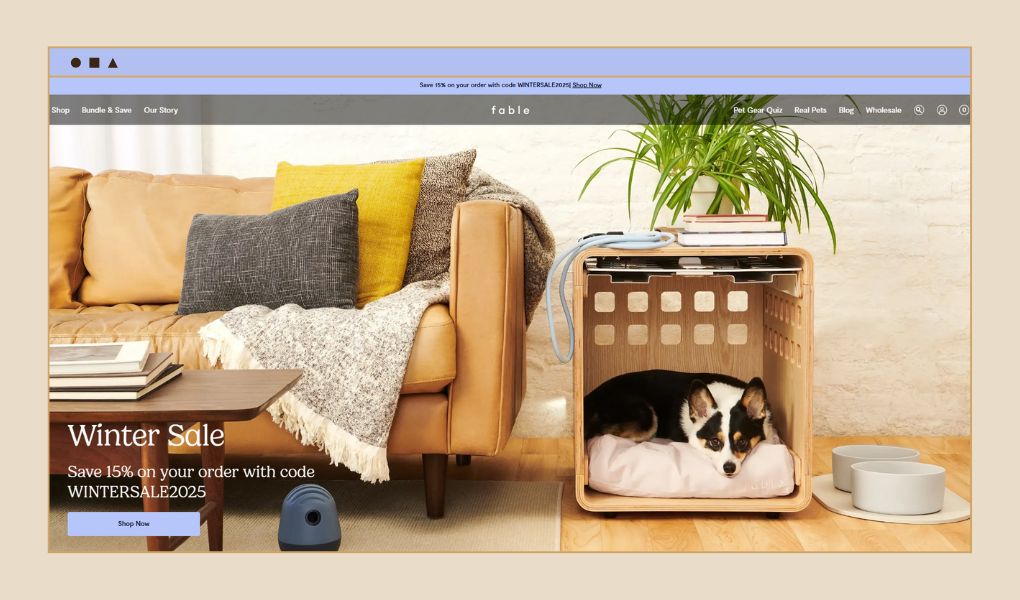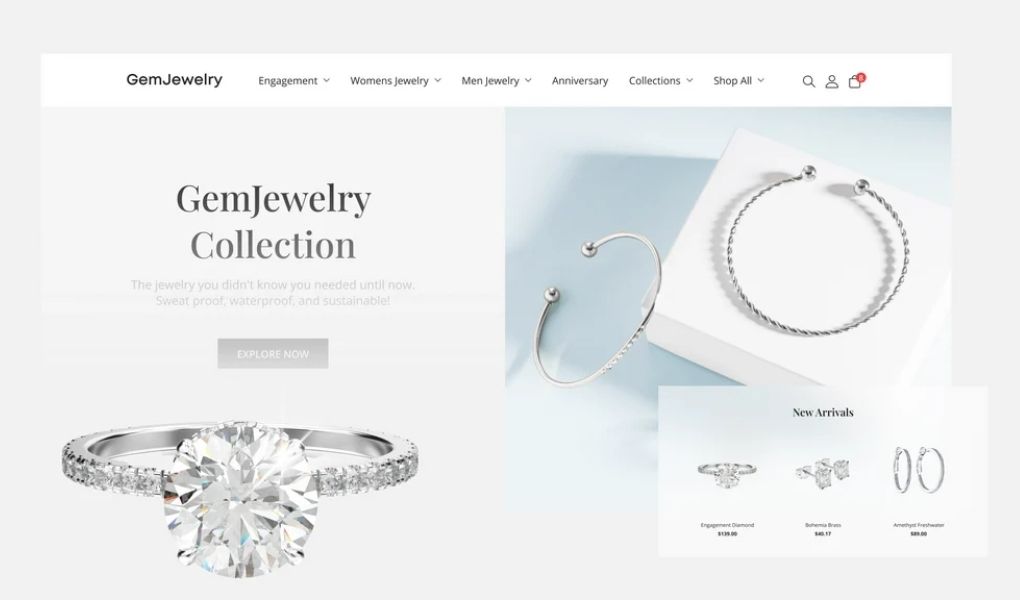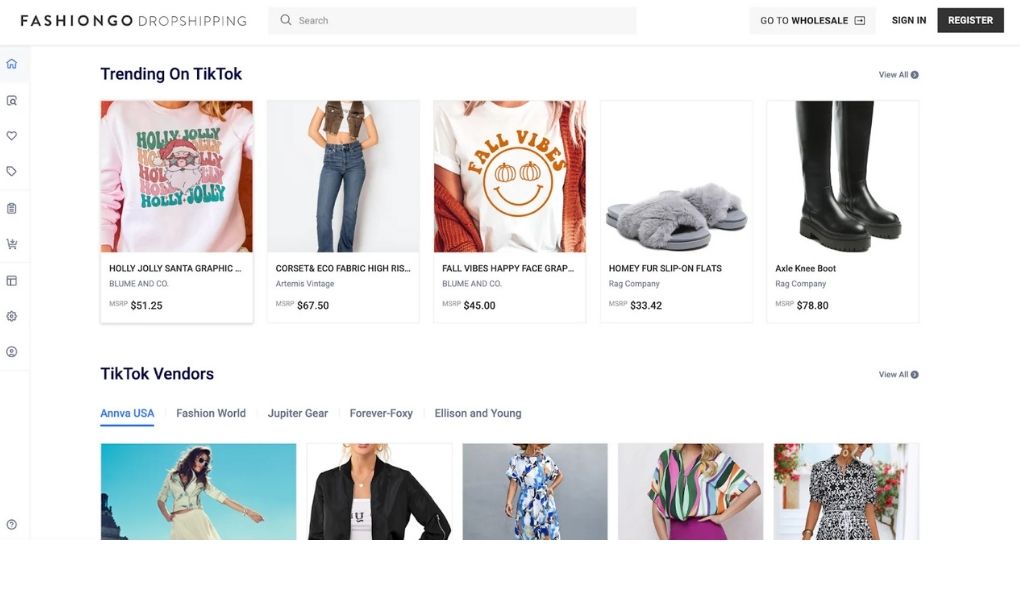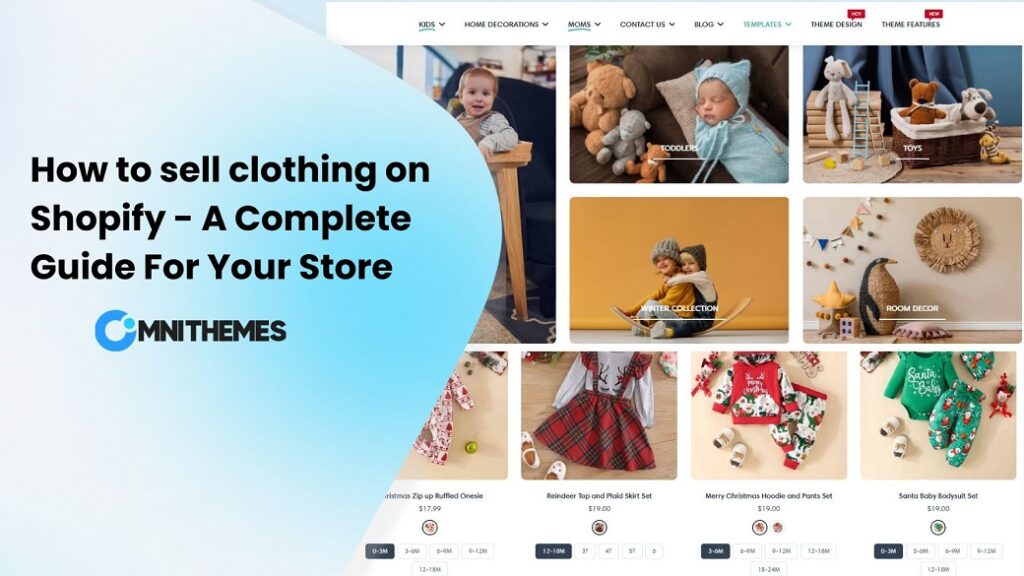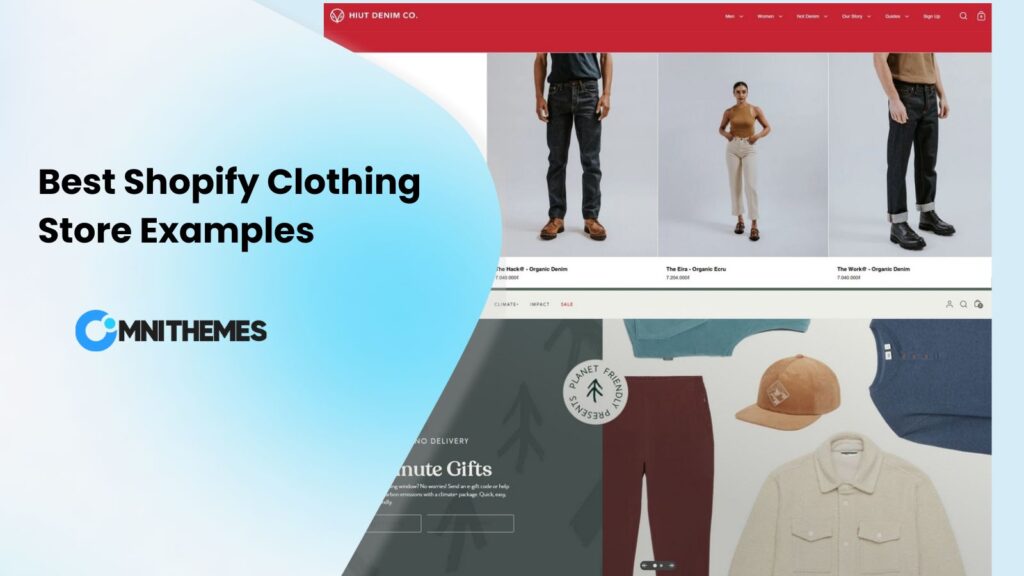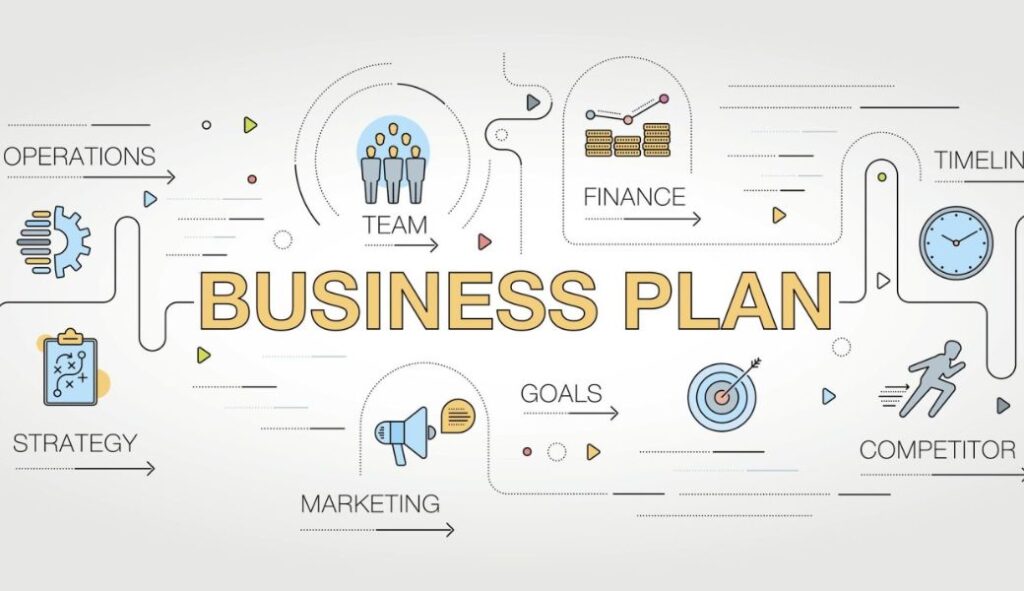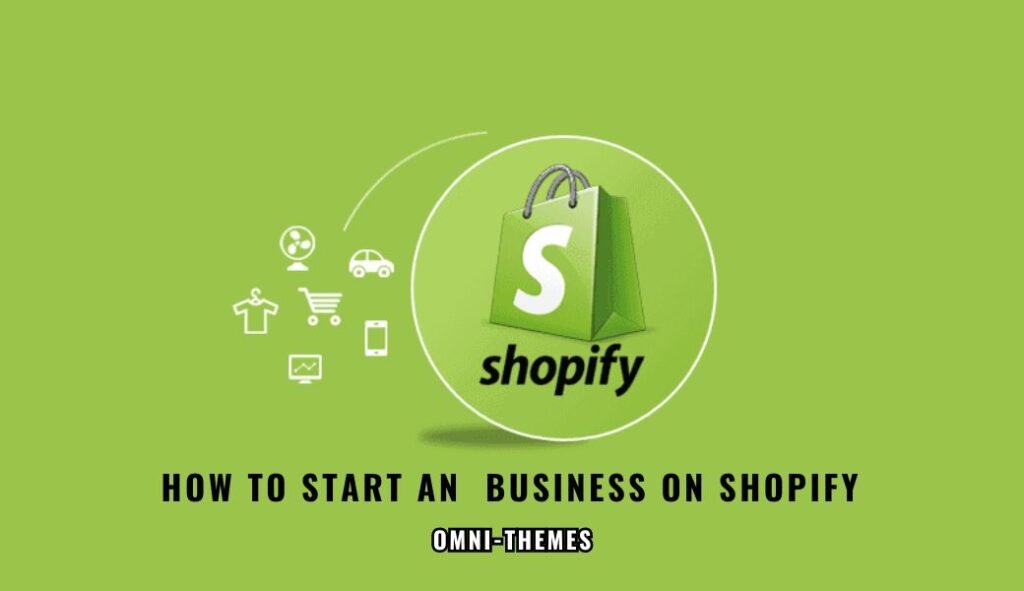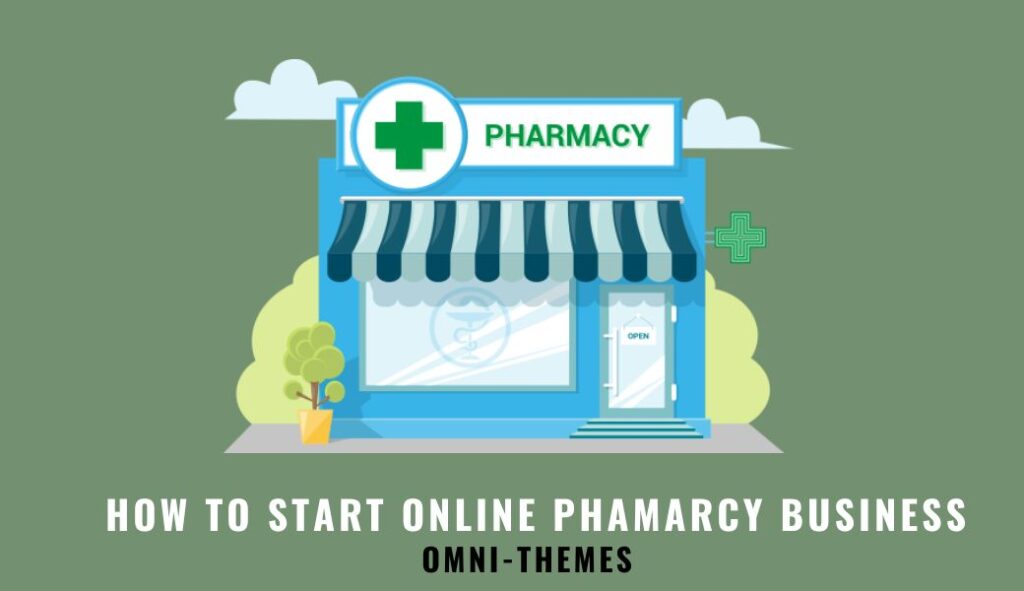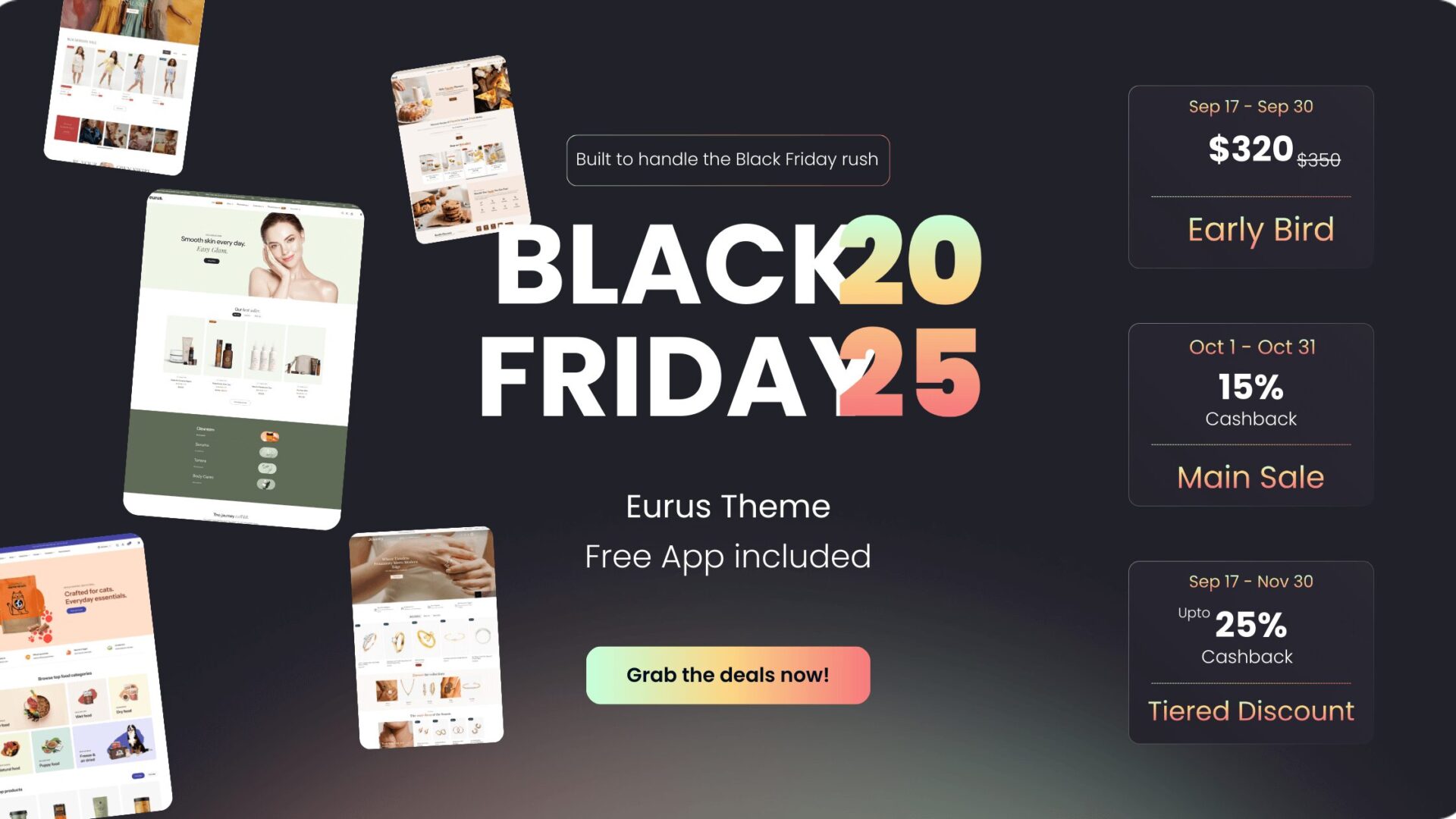Every November, the internet floods with “Black Friday mistakes to avoid” articles. Most tell you the same obvious things: “Don’t forget to prepare!” or “Make sure your website works seamlessly!”
But here’s the thing: who doesn’t know that? The merchants need more than those obvious states. This blog digs into the real mistakes that cost ecommerce businesses millions during Black Friday Cyber Monday (BFCM), backed by hard data from 2024’s shopping extravaganza.
According to Shopify’s BFCM 2024 report, global sales reached $11.5 billion on their platform alone, with peak sales hitting $4.6 million per minute. Yet for every success story, countless businesses watched opportunities slip through their fingers due to preventable mistakes.
The difference? We’re not just listing what went wrong-we’re showing you why it happened and exactly how to fix it for BFCM 2025.
Common Black Friday Mistakes – What, Why, and How
Mistake 1: Mobile Optimization Afterthought
🤔 What is the mistake?
Treating mobile as a secondary consideration rather than the primary shopping experience. Sometimes, the store owners just “tick all the checkboxes” as done, even though they haven’t even touched the mobile look.
❓ Why is this important?
You might be surprised by how much mobile dominance over the desktop after looking at these numbers from Adobe:
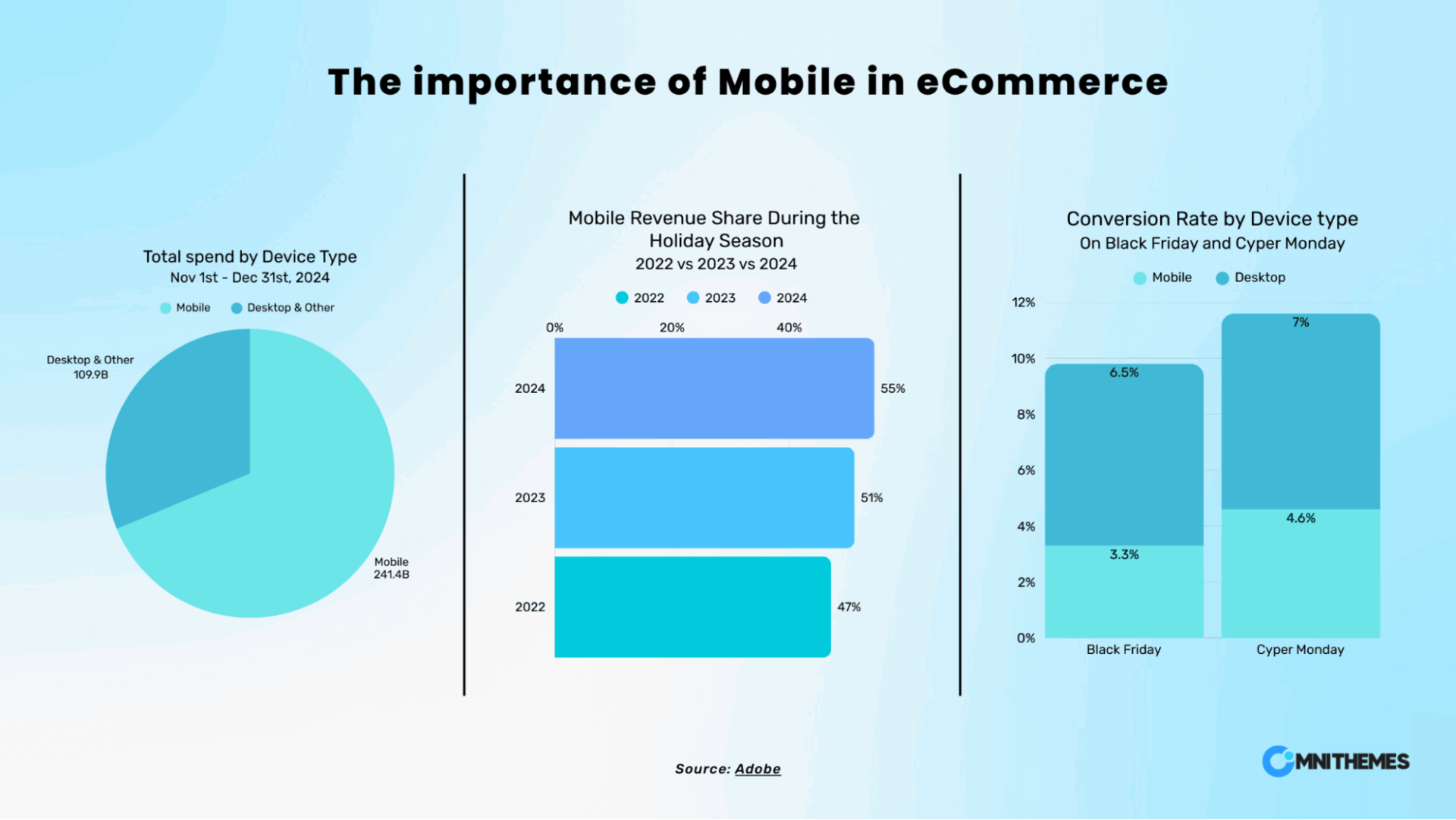
The data doesn’t lie-according to Adobe’s report, in 2024, nearly 70% of online spending globally during holiday shopping seasons was done on mobile devices. Yet many businesses still design desktop-first and mobile-second. This backwards approach creates a frustrating experience for the vast majority of shoppers.
Think about it: when you’re standing in line at Starbucks on Black Friday morning, scrolling through deals on your phone, you want instant gratification. If a site takes 5 seconds to load or the “Buy Now” button requires precision surgery with your thumb, you’re moving on to the next deal.
📚 How to fix it?
Start with mobile-first design principles. With this in mind, you can produce a better-looking website for mobile devices:
- Make navigation simple
- Make clickable elements touch-friendly, such as larger buttons, no cut-out banners, easy-to-tap links, etc.
- Make sure typography is scalable.
- Be aware of spacing, leaving suitable white spaces
- Restructure to create a clearer visual hierarchy if necessary.
Besides design, performance is a big thing to focus on. Because a fast-loading site always wins, especially during frenzy seasons like Black Friday. Measure the mobile speed using online tools such as Pagespeed Insights from Google or Lighthouse to know your current:
- Compress and resize images to reduce file sizes, prioritize WebP and JPEG formats.
- Uninstall the unused third-party apps
- Reduce the number of HTTP requests
- Enable lazy loading (Only load elements when the user scrolls near them)
Most importantly, make the checkout process super convenient for mobile users, such as offering Shop Pay as a checkout method, minimizing the required fields, etc.
Pro tip: Create mobile-specific promotional banners that don’t overwhelm small screens. What looks great on desktop often becomes a cluttered mess on mobile.
Mistake 2: Email Marketing Spray-and-Pray Strategy
🤔 What is the mistake?
Sending the same generic Black Friday emails to your entire list without segmentation or strategic timing.
❓ Why is this important? Black Friday email open rates are typically 20-30% higher than the average email open rate, but most businesses sabotage themselves with poor execution. The mistake isn’t in the medium – it’s in the message and timing.
The key insights from Sinch’s 2024 BFCM consumer survey tell us even more about email marketing:
- “35% of consumers want to start hearing from brands as early as October 29, a full month before BFCM, while 21.9% prefer even earlier. Only 18.7% are willing to wait until Cyber Week for promotions.
- During the holiday season, transactional messages are very or somewhat important for 94.4% of consumers, with 75.4% expecting them within five minutes of purchase.
- 79.8% of consumers say they value personalized recommendations during BFCM.”
Generic “BIGGEST SALE EVER!!!” emails get lost in the 347 other promotional emails your customers receive on Black Friday. Without segmentation, you’re sending winter coat promotions to customers in Australia (where it’s summer) or advertising kids’ toys to childless couples.
📚 How to fix it?
Implement behavioral segmentation at least 8 weeks before BFCM. Create separate campaigns for: previous purchasers, cart abandoners, email subscribers who’ve never bought, and VIP customers.
Time your emails strategically: send early bird deals to your VIP segment 48 hours before public announcement, follow up with cart abandoners within 2 hours (not 24), and create urgency with countdown timers that actually reflect real deadlines.
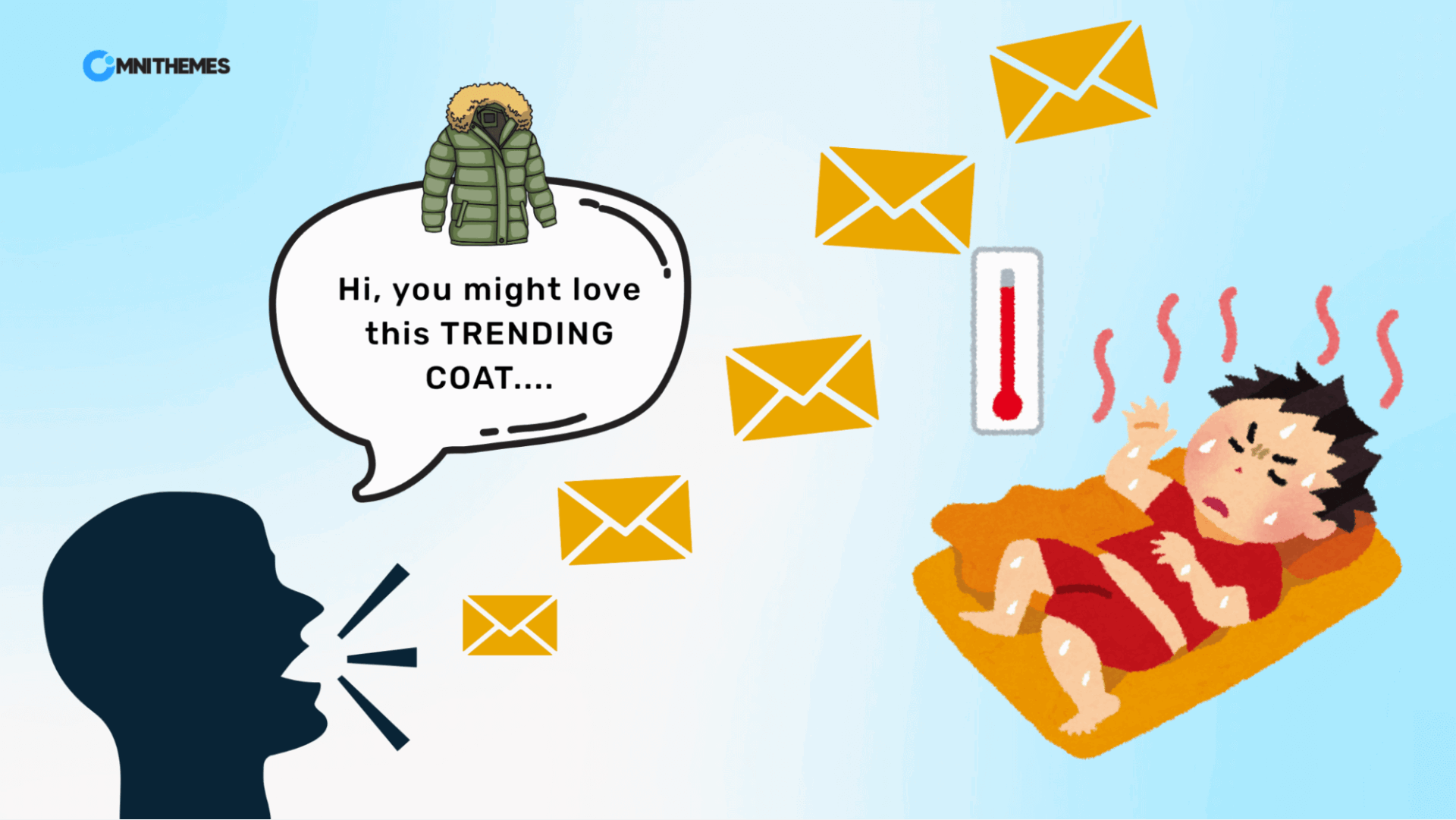
Mistake 3: Splashing discount recklessly
🤔 What is the mistake?
Discount is the main dish of Black Friday Cyper Monday season. But it is obviously not a smart choice to run blanket discounts (like 50% off everything!) without strategy or consideration for your profit margin, product positioning, or customer expectations.
Many merchants panic and think: “Everyone is discounting – I must slash prices more!” This can easily backfire, eating into profits without significantly boosting lifetime value (LTV).
❓ Why is this important?
Let’s look at real consumer intent data. According to Tapcart’s 2024 BFCM survey (chart below), 72% of shoppers say they are “highly likely” to shop during BFCM in 2025, up from 67% in 2023. The willingness is already there – you don’t need to slash prices to the bone to get them in the door. Even if you find it necessary to do so, cut it smartly, not harshly!
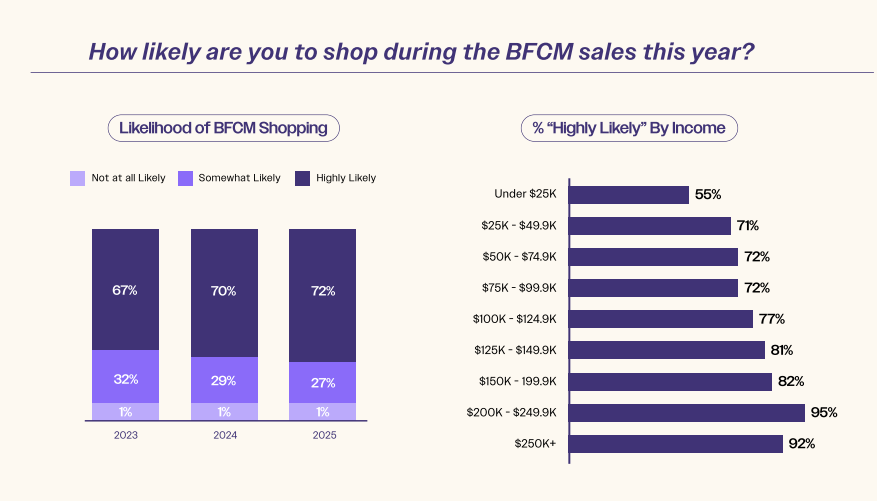
And notice the income breakdown:
- Shoppers earning $200K-$249K are 95% “highly likely” to shop.
- Even shoppers in the $50K-$99.9K range are at 72%.
This means discount-hungry shoppers are already motivated to buy. Over-discounting simply erodes your profit.
Think of it like this: if your product has a 40% gross margin, a 20% discount means you must sell nearly double the units to earn the same profit. That is a big ask if you don’t have a massive traffic increase.
Read more: How to run an effective Black Friday Discount based on Psychology
📚 How to fix it?
Segmentation! Segmentation! Segmentation! Cannot emphasize how important it is for every e-commerce seller. Answer the following questions to find out who your VIP, your potential, and the BFCM-only customers:
- Are they purchasing recently, or a long time ago?
- How often do they make a purchase in your store?
- How much money have they spent on your products?
Offer the deals that fit the income-driven intent. The “highly likely” group of people who are going to shop during BFCM has a different willingness by their income level, so tiering your offers would be a smart move.
Mistake 4: Website Speed Procrastination
🤔 What is the mistake? Assuming your website can handle Black Friday traffic without performance optimization.
❓ Why is this important?
Here’s a sobering statistic: for every one-second delay in page load time, conversions drop by 7%. And on mobile, according to Think with Google, for every second delay in mobile page load, conversions can fall by up to 20%. During BFCM 2024, peak sales hit $4.6M per minute at exactly 12:01 PM EST on Black Fridays; every millisecond mattered.
Most e-commerce sites are built and tested under normal traffic conditions. Black Friday brings 5-10x normal traffic, often causing sites to crawl or crash right when they need to perform best. It’s like training for a marathon by only jogging around the block.
📚 How to fix it? Conduct load testing with traffic levels 10x your normal peak, starting at least 6 weeks before BFCM. Use tools like GTmetrix or Google PageSpeed Insights to identify bottlenecks.
Optimize images (they should be under 100KB each), minimize HTTP requests, and consider a Content Delivery Network (CDN)-that’s a network of servers worldwide that delivers your content from the location closest to each visitor, making everything faster.
Most importantly, have a backup plan. Set up automatic scaling with your hosting provider or prepare a simple, fast-loading “Black Friday Special” landing page that can handle traffic if your main site struggles.
Mistake 5: Complicated Checkout Processes
🤔 What is the mistake?
Requiring account creation, asking for unnecessary information, or having too many steps between “Add to Cart” and “Order Complete.” Lack of payment method choices is also a common Black Friday mistake.
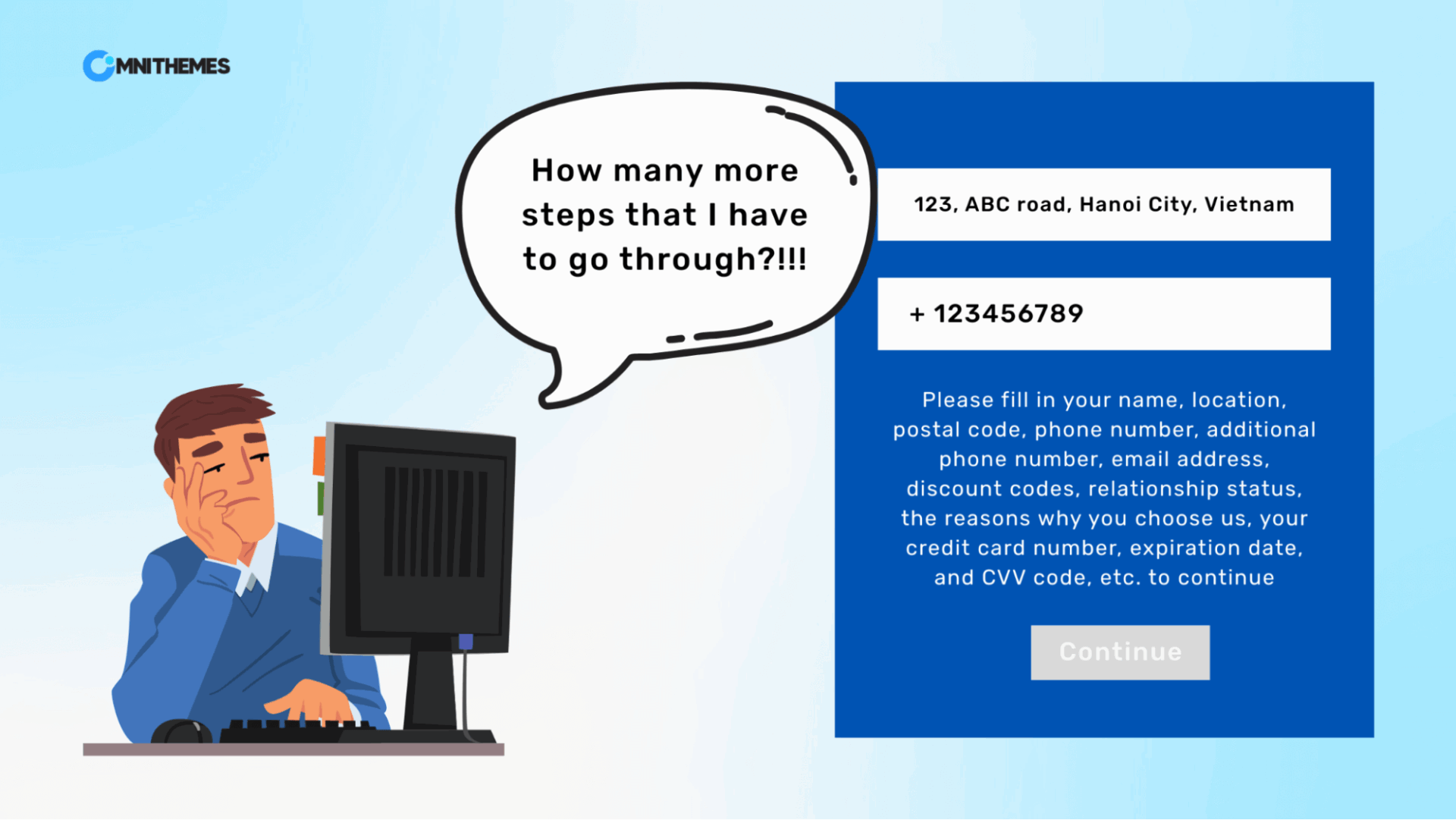
❓ Why is this important?
Cart abandonment rates average 70% year-round according to Baymard Institute, but during BFCM, they can spike even higher (73% to 78%) due to urgency and competition. When customers are in “deal hunting” mode, they have zero patience for friction.
It is common for the online shopper to visit a combination of stores during the BFCM weekend. If your checkout process has 5 steps while your competitor’s has 2, guess where the sale goes?
Additionally, the BFCM data 2024 from Shopify has shown that 58% year-over-year increase in sales made via Shop Pay and this method can increase the conversion rate up to 50% compared to guest checkout.
📚 How to fix it?
Implement guest checkout as the default option-account creation should be optional and happen after purchase. Reduce checkout to a maximum of 3 steps: shipping info, payment info, confirmation. Or even better, implement one-click checkout for your store.
Enable multiple payment options, including Apple Pay, Google Pay, and Shop Pay, for one-click purchasing. Display security badges prominently and show a progress indicator so customers know exactly where they are in the process. Don’t forget to add the Buy Now Pay Later (BNPL) option as it witnesses an increase in total sales every year.
Make test purchases frequently (twice a week or even every day – during Black Friday season) to quickly find out if there are any bugs or hindrances that can lower your sales. Make sure you do not forget the experience on mobile (see Mistake 1: Mobile Optimization Afterthought).
Mistake 6: Ignoring the power of AI
🤔 What is the mistake?
Assuming AI is a fad or peripheral tool. Or treating chatbots, AI agents, or generative-AI integration as optional when in fact they’re becoming core engagement channels. Many merchants ignore or underinvest in AI until it’s too late.
❓ Why is this important?
Because AI is accelerating fast, and consumer behavior is already shifting:
- During Cyber Monday 2024, traffic to retail sites coming via chatbots / AI-powered sources soared 1,950% year-over-year. This isn’t a rounding error – it’s a signal that more shoppers are using AI tools to browse, research, and click through.
- Over the full holiday season (Nov–Dec 2024), traffic from generative AI sources jumped 1,300% YoY.
- Adobe also reports that visitors who come from AI/chatbot sources tend to be more engaged: they browse more pages, stay longer, and bounce less.
- While conversion (i.e. turning visits into purchases) from AI-origin traffic is still slightly lower than non-AI traffic, the gap is narrowing over time – meaning shoppers are increasingly confident to complete purchases after using AI tools.
In short: ignoring AI is like ignoring the fastest customer gateway to your store that’s emerging – and the more you wait, the steeper your catch-up cost will be.
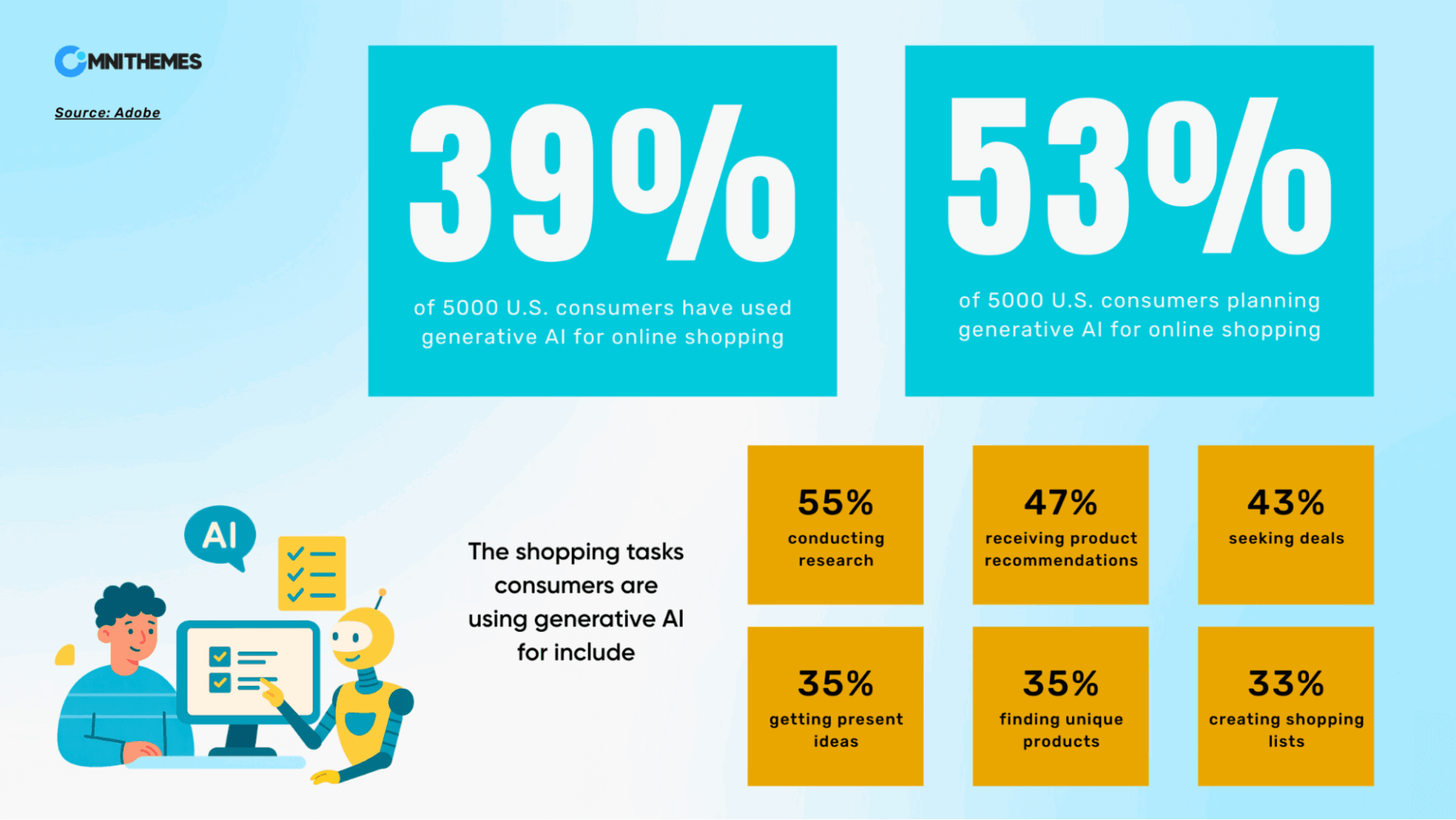
📚 How to fix it?
Here’s how you can embrace AI proactively for BFCM 2025:
Embed AI chat / conversational tools early: Don’t wait until D-1. Integrate a chatbot or conversational AI that can help customers search, compare, or get product info. Even simple first versions (e.g. product finder, FAQ bot) can reduce friction. Over time, you can evolve to more “agentic AI” capable of multi-step tasks (e.g. bundling, upselling).
Use AI to power personalized product discovery: Instead of forcing users to browse category menus, let AI suggest items: “You looked at X – here are related or complementary items,” or “Here’s the deal you may have missed.” These contextual prompts nudge users deeper into your catalog.
Mistake 7: Miss the opportunity to go worldwide
🤔 What is the mistake?
Focusing only on domestic shoppers and ignoring the massive global audience that is ready – and willing – to buy. Many merchants keep campaigns, pricing, and shipping settings local-only, leaving cross-border shoppers stranded.
❓ Why is this important?
BFCM has proved its impact as a global shopping festival through the numbers stated from Shopify BFCM data 2024:
- 76+ million consumers worldwide bought from Shopify-powered stores during BFCM 2024.
- 16% of all global orders were cross-border purchases.
- Top-selling countries include US, UK, Australia, Canada, and Germany – with cities like Los Angeles, New York, London, and even Miami leading sales.
- And here’s a stat worth celebrating: 67,000 merchants had their best sales day ever on Shopify. Imagine how many of those wins came from shoppers outside their home country.
📚 How to fix it?
You don’t need a giant international operations team to go global – just a few smart moves:
- Prepare for worldwide shipping services, there are many stakeholders who can offer you cost-effective solutions.
- Enable multi-currency & local payment methods in Shopify Settings, make sure you have a global option.
- Translate key pages (homepage, product pages, checkout) or use Shopify Markets’ automatic translation.
- Offer transparent shipping – show duties/taxes upfront so buyers aren’t surprised.
- Run time-zone-aware campaigns (schedule emails or ads to match local peak hours).
Even a modest step – like adding a currency selector and clear shipping info – can open your doors to millions of ready-to-buy shoppers.
Fortune Favors the Prepared Mind: Get Ready for BFCM
The data is clear: successful Black Friday campaigns aren’t built in November-they’re built throughout the year. But if you’re reading this and feeling overwhelmed, don’t panic. Success comes from systematic preparation, not perfection.
That’s exactly why we created The Ultimate Checklist for Building a Shopify Store BFCM 2025-a comprehensive guide that breaks down every crucial element of BFCM preparation into actionable, week-by-week tasks.
This isn’t just another generic checklist. It’s based on analysis of thousands of successful Shopify stores and includes specific tactics that drove results during BFCM 2024. From technical optimizations to marketing strategies, inventory planning to post-purchase follow-ups-everything you need is laid out in chronological order.
Leave your email and download your free copy today to transform your BFCM preparation from stressful scrambling into strategic success.
Conclusion: Your BFCM Success Starts Today
Black Friday mistakes aren’t just operational hiccups-they’re missed opportunities that compound year after year. The businesses that dominated BFCM 2024 didn’t just avoid mistakes; they turned potential problems into competitive advantages.
The mobile-first approach didn’t just prevent frustrated mobile users-it created seamless experiences that customers remembered and returned for. Strategic email segmentation didn’t just improve open rates-it built deeper customer relationships. Proper inventory management didn’t just prevent stockouts-it created profitable urgency.
The difference between BFCM winners and losers isn’t luck or budget size-it’s preparation, execution, and learning from real data rather than generic advice.
Ready to make BFCM 2025 your most successful season yet? If you want your store to not just survive but thrive during the next $11.5B BFCM weekend, Eurus Theme is built to perform under pressure. From lightning-fast performance to flexible sections for last-minute campaigns, it’s your unfair advantage. Follow us on OmniThemes.com for more updates about eCommerce, Shopify, with useful tips, tricks, and knowledges!

